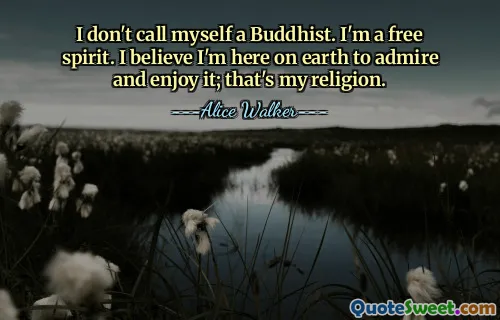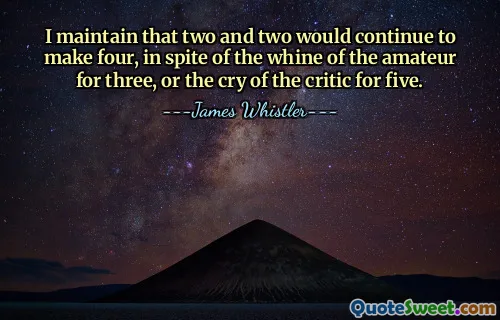
The impasse was this: If I let myself speculate even tentatively about that something, if I acknowledged the possibility of a nonhuman agent or agents, some mysterious Other, intervening in my life, could I still call myself an atheist?
In Barbara Ehrenreich's reflection, she grapples with the profound challenge of maintaining atheism in the face of unexplained phenomena or perceived interventions that seem to transcend natural explanations. This quote encapsulates a pivotal moment of introspection where the boundaries between science, skepticism, and the mysterious blur. The human tendency to seek meaning and connection often leads us to interpret strange or unexplainable events as potential signs of something beyond human understanding.
Ehrenreich's contemplation highlights the difficulty of holding firm to a strict naturalist worldview when confronted with experiences that feel—at least subjectively—like interventions by a mysterious Other. It raises essential questions about the nature of belief: Is it possible to retain an entirely atheistic stance without denying the possibility of the inexplicable? If we acknowledge the existence of such interventions or agents, even tentatively, do we inch toward some form of spiritual or agnostic belief?
This quandary also touches on human psychology and our innate curiosity about the unknown. It underscores how personal experiences, cultural context, and psychological predispositions influence our definitions of faith and doubt. Ehrenreich’s acknowledgment of the impasse reveals her honest internal debate in a world where certainty is elusive. It prompts us, as readers, to reflect on how flexible or rigid our beliefs are when faced with mysteries and whether our worldview can accommodate the unexplainable without surrendering its core principles.
Ultimately, this quote serves as a reminder of the ongoing struggle to reconcile scientific skepticism with the compelling mystery that pervades human existence. It asks us to consider not just what we believe or disbelieve, but how the boundaries of our beliefs shape our understanding of reality and our place within it.




